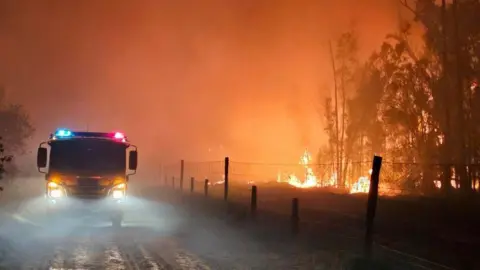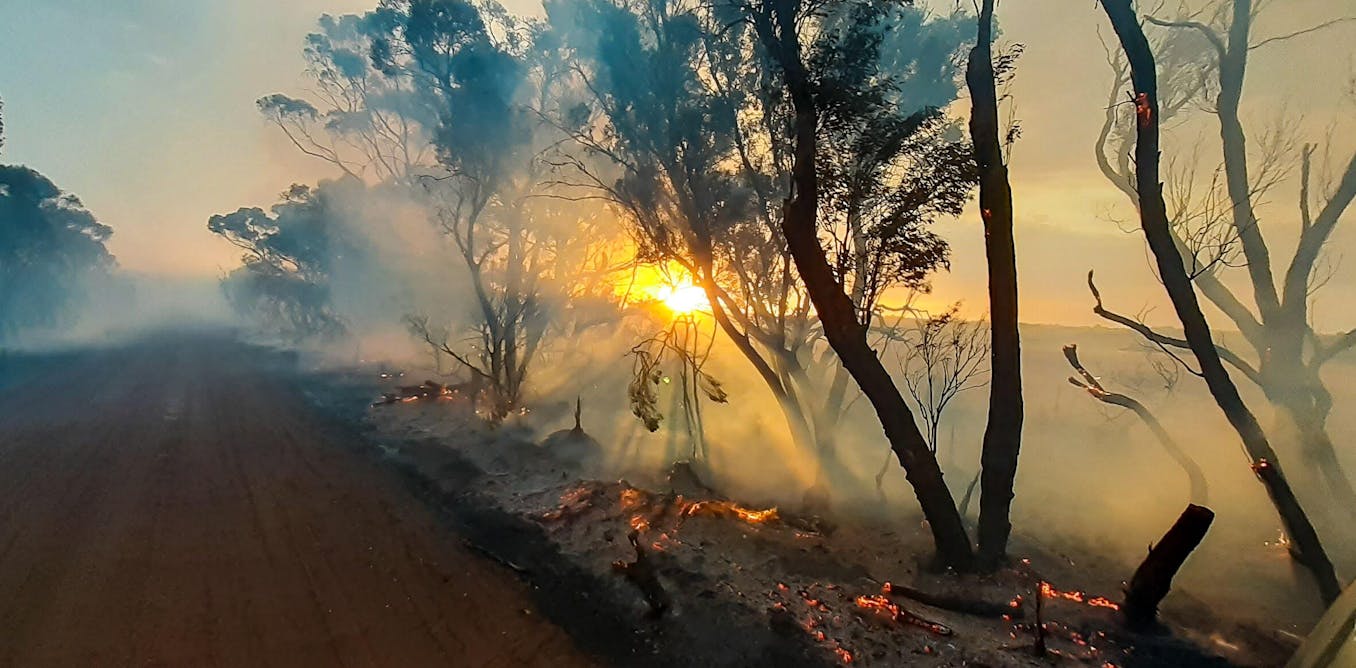Specialist Insights: Why Every Home Owner Demands an Extensive BAL Report
Specialist Insights: Why Every Home Owner Demands an Extensive BAL Report
Blog Article
Ensuring Shrub Fire Defense Via Correct BAL Record Evaluation
In the world of bush fire security, the meticulous analysis of Bushfire Attack Level (BAL) records stands as a cornerstone for securing buildings against the damaging influence of wildfires. With environmental aspects and residential or commercial property qualities playing significant roles in determining the level of danger, a thorough understanding of BAL rankings becomes important.
Recognizing Bushfire Attack Level (BAL)
In the realm of bushfire security, understanding the Bushfire Strike Level (BAL) is critical for making certain efficient mitigation techniques. BAL is a system made use of to gauge the potential risk a building may deal with from a bushfire. It takes into consideration aspects such as the kind of vegetation, the slope of the land, the Fire Danger Index, and the Fire Seriousness Index. Comprehending the BAL score of a residential property is critical for building building contractors, policymakers, and proprietors to carry out proper actions to secure versus bushfire dangers.

Significance of BAL Report Analysis
An important aspect in bushfire defense planning entails the comprehensive analysis of BAL records to analyze the possible dangers and identify suitable mitigation methods. BAL records supply important info about the possible influence of bushfires on a residential property based upon various variables such as plant life type, distance to possible fire dangers, and slope of the land. Analyzing these records with precision is paramount in creating efficient bushfire protection actions customized to the specific threat account of a residential property.
Executing Fire Defense Procedures
Executing efficient fire protection measures is important for guarding homes in bushfire-prone locations. This entails clearing up flammable greenery, such as dry fallen leaves and branches, within a specific distance of the home.
In addition, having a properly maintained and sufficient water supply, such as a container or pool, can assist firemens in their efforts to safeguard the property. BAL Report. In general, implementing a combination of these fire security procedures can dramatically increase the opportunities of protecting homes throughout bushfire events.
Mitigating Threats in Fire-Prone Areas
To strengthen residential or commercial properties against bushfire dangers, a strategic emphasis on mitigating threats in fire-prone locations is essential. One essential aspect of risk reduction is keeping defensible room around buildings by getting rid of combustible greenery, guaranteeing sufficient spacing between frameworks and this post trees, and utilizing fire-resistant landscaping techniques.
In addition, building or retrofitting buildings with fire-resistant products and making sure proper maintenance of roof coverings, rain gutters, and outside cladding can considerably boost the home's resilience to bushfires. Exercising a bushfire and developing emergency situation plan with all occupants, consisting of emptying treatments and interaction strategies, is additionally important in mitigating risks successfully. By embracing an aggressive strategy to run the risk of reduction in fire-prone locations, residential property owners can better protect their properties and improve general bushfire readiness.
Ensuring Property Safety And Security and Resilience
Making sure the safety and security and strength of buildings in fire-prone locations calls for an unwavering dedication to durable preventative actions and strategic preparation. Property safety starts with applying reliable steps to decrease fire risks.
Resilience, on the various other hand, involves the capability of a residential or commercial property to hold up against and recuperate from a bushfire. By proactively go to my site attending to these aspects, residential property owners can better shield their assets and enjoyed ones from the threat of bushfires.
Final Thought
In conclusion, guaranteeing bushfire defense with appropriate BAL record analysis is critical for comprehending the degree of threat positioned by bushfires and applying required fire security actions. By mitigating threats in fire-prone areas and guaranteeing property security and durability, people and areas can better get ready for and reply to bushfire occasions. It is vital to focus on fire precaution to shield lives and residential or commercial property in these high-risk atmospheres.
In the realm of bush fire security, the careful evaluation of Bushfire Assault Degree (BAL) records stands as a foundation for securing properties against the disastrous influence of wildfires (BAL Report). Recognizing the BAL score of a residential property is critical for property building contractors, proprietors, and policymakers to carry out ideal actions to guard against bushfire threats

BAL records provide important details concerning the potential impact of bushfires on a home based on numerous variables such as vegetation type, distance to potential fire risks, and slope of the land (BAL Report). Generally, executing a combination of these fire security procedures can substantially raise see here now the opportunities of guarding properties during bushfire events
Report this page